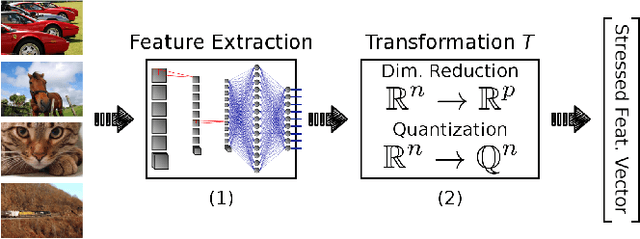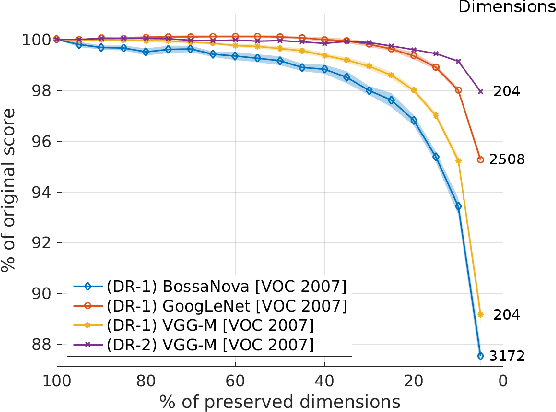Deep Neural Networks Under Stress
Paper and Code
May 23, 2016



In recent years, deep architectures have been used for transfer learning with state-of-the-art performance in many datasets. The properties of their features remain, however, largely unstudied under the transfer perspective. In this work, we present an extensive analysis of the resiliency of feature vectors extracted from deep models, with special focus on the trade-off between performance and compression rate. By introducing perturbations to image descriptions extracted from a deep convolutional neural network, we change their precision and number of dimensions, measuring how it affects the final score. We show that deep features are more robust to these disturbances when compared to classical approaches, achieving a compression rate of 98.4%, while losing only 0.88% of their original score for Pascal VOC 2007.
 Add to Chrome
Add to Chrome Add to Firefox
Add to Firefox Add to Edge
Add to Edge